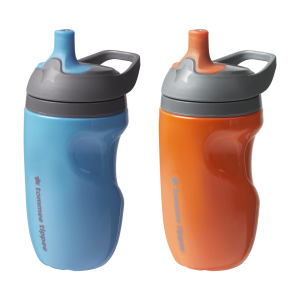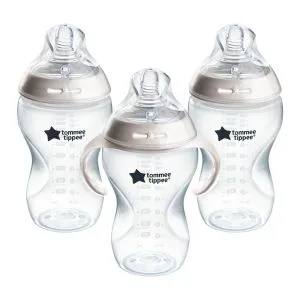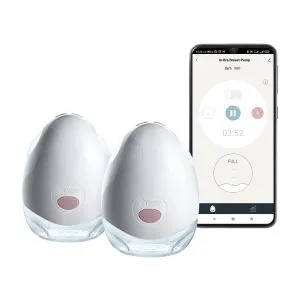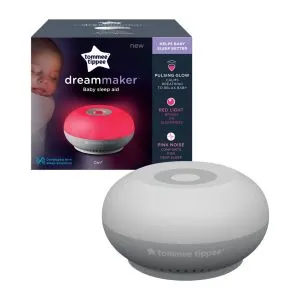Choosing the right teether can be tricky. We'll help you find the best option to soothe your baby's teething discomfort and provide relief.
When to start using teething toys
When should you give your baby a teether? Around 3-6 months, when teething signs appear. It's a great way to soothe gums, provide stimulation, and help with those important developmental milestones like hand and eye coordination, and learning how to grab and hold items.
Types of baby teething toys
Picking a teether can be overwhelming! Remember safety: baby-safe, non-toxic materials are a must. We'll help you find the right type to ease your little one's teething discomfort.
Classic teethers
Traditional teethers made from durable rubber or silicone come in various shapes and sizes. They're easy to clean and a dependable choice. Many are designed with textured surfaces for extra gum stimulation.
Gel-filled teethers
These teethers contain non-toxic gel and can be refrigerated to soothe inflamed gums. Follow the included instructions for chilling times. Never freeze them, as this can harm your baby's gums. When using a gel-filled teether, ensure the casing is strong to prevent leaks and regularly inspect for damage.
Wooden teethers
Made from natural wood, these teethers offer a firm chewing surface. They're a popular eco-friendly option. Look for untreated, smooth wood.
Cloth teethers
These teethers combine soft fabric with a harder teething surface, like silicone or rubber. If you choose a cloth teether, make sure it's machine-washable for easy cleaning.
Teething mitts
These wearable teethers fit over your baby's hand, allowing them to soothe their gums while developing motor skills. They're perfect for babies who haven't yet mastered grasping and can prevent hand irritation from constant sucking and chewing.
Food teethers
Food teethers are designed with pouch where you can place soft fruit or puree. Your baby can chew on the silicone to taste the food. These are great for introducing new flavors and textures to babies starting solids, but require thorough cleaning.
Cleaning and sterilizing teething toys
Keeping your baby's teething toys clean and sanitized is essential. But what's the best way? Always follow the manufacturer's instructions, which typically involve washing with soap and warm water, or sometimes placing them in the dishwasher.
When it comes to sanitizing, here are your options:
- Steam sterilizing: Uses hot steam to disinfect. Often done with electric or microwave sanitizers.
- UV sterilizing: Uses ultraviolet light. A chemical-free and convenient option.
- Cold water sterilizing : Uses a chemical solution in cold water for disinfection. This is a good choice when heat sanitizing isn't possible.
- Boiling: A traditional method where you boil teethers in water for about 5 minutes. Effective for heat-resistant materials like silicone and some plastics.









